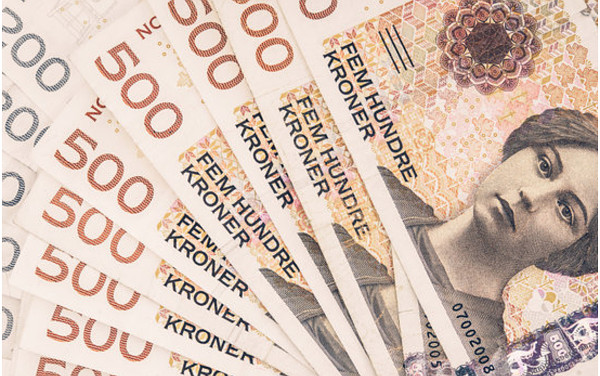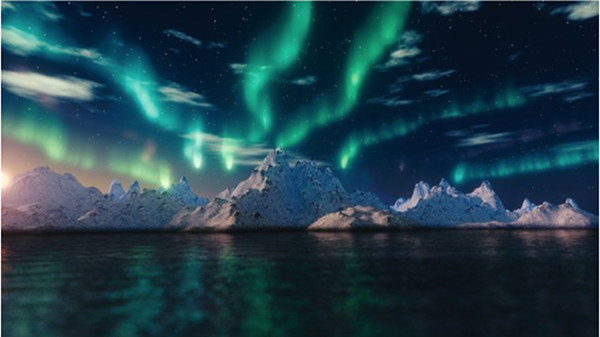Planning a trip to Norway? Excellent choice! Impressively large (and longer than it looks on the map!), diverse and, of course, with some of the most stunning natural sights in the world, this is one of those destinations that you simply must enjoy at some stage. But what about the practicalities? Should you bring your own snow sled? Well, not quite, but there are some essentials that are worthwhile knowing before your visit.
1) Language
Norwegians put most of the rest of the world to shame when it comes to their linguistic fluency. Almost everyone will speak English to some extent, and (whisper quietly) is basically a second language. They also tend to be conversational in other Nordic languages, and often German and sometimes Spanish too.
2) Money

Contrary to most people’s perception, Norway is not in the Eurozone. They use the Norwegian Krone (NOK) – often referred to as KR – with notes ranging from 50kr – 1000kr and coins between 1kr – 20kr. Credit cards use the chip & PIN system so make sure you know it to avoid any potential hassle. A useful site is https://www.valuta-kurser.no/en/currency-converter to keep up with exchange rates while touring the country.
3) Expenses
Norway is an expensive country to visit, especially if you intend on eating out for every meal. As a rule of thumb, expect everything to be about 30-50% more expensive than you would expect in the USA or UK. Restaurant prices can be even higher, simply because there is very little eating out culture in Norway. Store hours tend to be from ten in the morning until between six or eight in the evening.
4) Climate
Regardless of which season you visit always carry an extra layer of clothes. The weather can change very quickly anytime and if caught short you probably don’t want to splash out on a new fleece at Norwegian prices! Plan your visit according to the season as some wilderness destinations have been closed during the winter (dates vary according to snowfall). On the plus side, camping is allowed pretty much anywhere in the country and there is no charge to enter national parks. Just bear in mind that even in summer it can generally fall as low as six degrees centigrade during the night times.
5) Geography
This is a long country, and there are considerable differences between the north and south. The south consists mostly of beautiful coastlines and woodland, plus the majority of the population. The further north you head, the more ‘arctic’ the conditions will become. Head west and you’ll find the fjords and mountains. In terms of visiting practicalities, do not expect to experience all aspects of Norway in just a few days. While there is an excellent transport infrastructure that operates in extreme conditions with ease, the sheer size of the country presents a logistic barrier. Allow at least a week, or decide on a specific interest – this is not a country to be rushed.
6) Crime & Dangers
Norway deserves its reputation as one of the safest nations on the planet, but sensible precautions are still worth taking in the larger cities during peak tourist season. Petty crime such as pickpocketing happens, but is still extremely rare compared to most. In the wilderness – and contrary to many people’s beliefs – there is no dangerous wildlife anywhere besides polar bears in Svalbard. But if you head that far, chances are you’ll know that already!
7) What To See

The natural beauty is what attracts the vast majority of people. If you plan on enjoying the Northern Lights, be aware that you’ll really need to be towards the north to have the best chance of seeing them. They will not be visible in the summertime, and the best time to catch them is between late October and late March. Also remember that the less light pollution, the better, so to experience them in full you’d be well advised to be somewhere north and remote!
opefully, these quick tips will provide you with a general understanding of what to expect when visiting this magnificent country. The best piece of advice is to decide what you most want to explore and time your trip according to the season. Planning ahead can also allow for a more effective spending policy, and it is possible to make good savings on transport and hotels booked well in advance. Make use of the currency converter guide listed above. While the KR is generally quite stable, a small fluctuation can make a big difference in your exchange rate and expenditure, especially if you are planning on dining out frequently or picking up souvenirs. Enjoy your visit!
